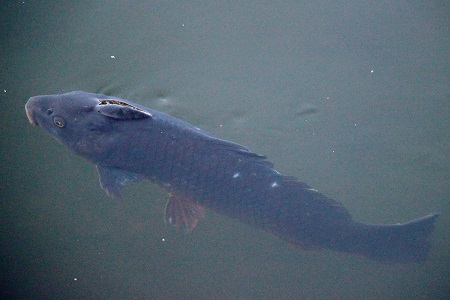Posted by Yoshitaka Kiriake from Japan on February 18, 2014.
皇居お堀周辺には様々な生物が生息している。お堀に沿って歩いてみるとメジロ、ユリカモメ、カワウ、ヒヨドリ、シジュウカラ、ダイサギ、ハクチョウ、アオサギ等数多くの野鳥を観察することが出来た。撮影日は平成26年1月27日から2月3日です。
Japanese white-eye
Black-headed Gull
Great Cormorant
About The Imperial Palace
Google map
Nijubashi : Main Gate Stone Bridge, Imperial Palace
We can see various animals at The Imperial Palace
Japanese Tit
Great Egret
Crow
Swan
White wagtail
Grey Heron
Black-headed Gull
Sparrow
Northern Shoveler
Tufted Duck
Feral pigeon
Carp
Trachemys scripta
Japanese foods are good and safe.
Because of stricter food safety law by Japanese government, we have no worry about foods.
Pizza
Ice cream
Cake
About 3 years have passed since Fukushima Daiichi nuclear power plant accident. I have visited various places of Japan to see the health consequence of the accident.
Fortunately I have never found any impacts by the accident among Japanese creatures. As far as I know, nobody has health problem which is caused by the accident in Japan.Our Prime Minister Abe assures that "The situation is under control. The influence of the contaminated water is completely blocked within Fukushima. There are no health-related problems until now and there will never be health problems." He also said that "Tokyo is 250 kilometers away from Fukushima, and the kind of danger that you imagine does not exist in Tokyo. Tokyo is a very safe city."
As PM Abe said, Tokyo is very far away from Fukushima, people in Tokyo have no concern about the nuclear power plant accident. People in Tokyo have already forgotten the accident, because they think radioactive materials cannot reach there.
We know there is no problem for child birth and child rearing in Tokyo. So people in Tokyo are living without any concern about the accident.
I continue to visit various places in Japan to see the effects of the accident, because I can meet various creatures which are more sensitive to radioactive materials from the environment. It is important to see their health for our safety.
公衆衛生ネットワーク
Public Health Network in Japan




























0 件のコメント:
コメントを投稿